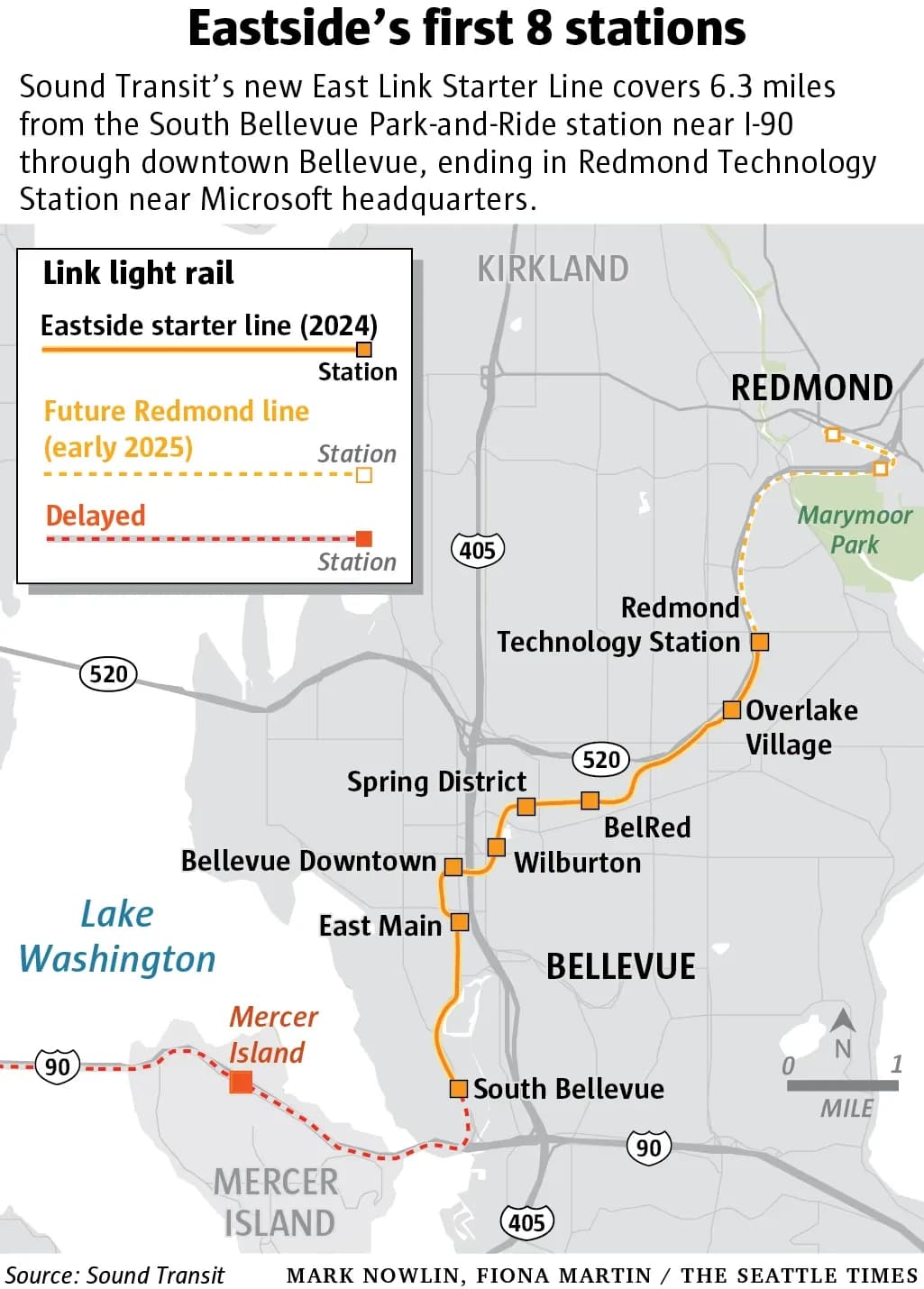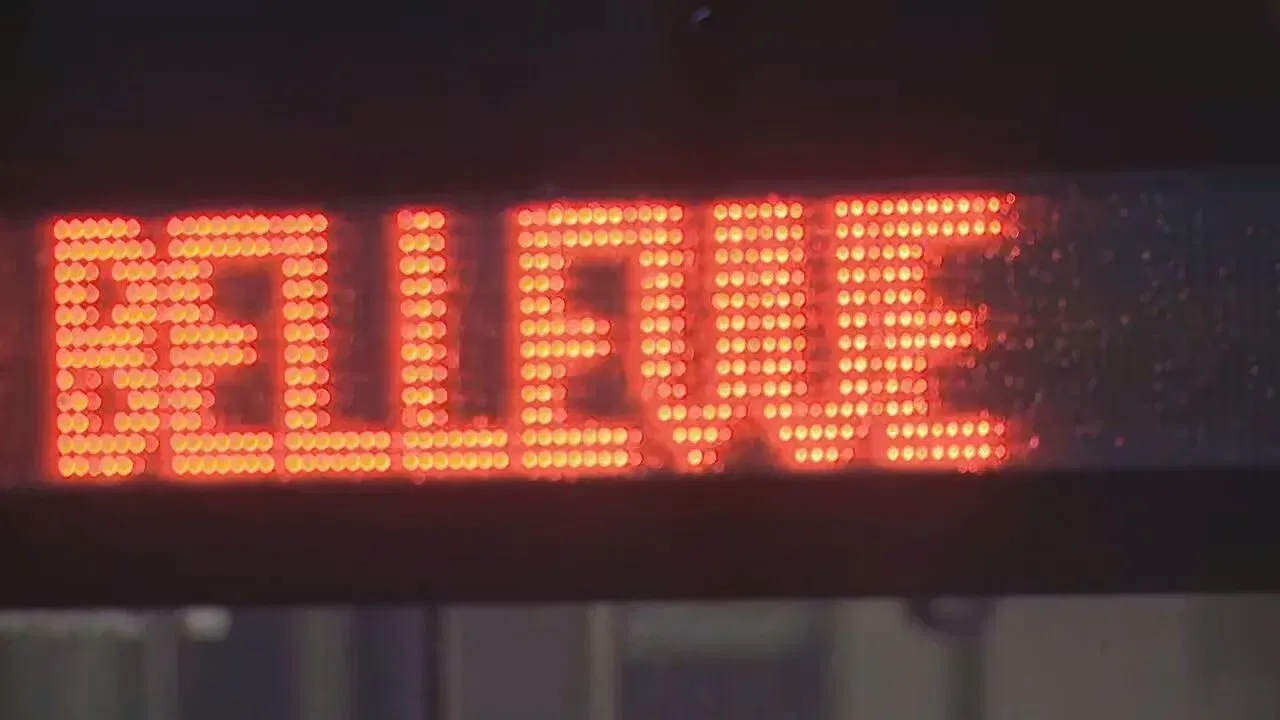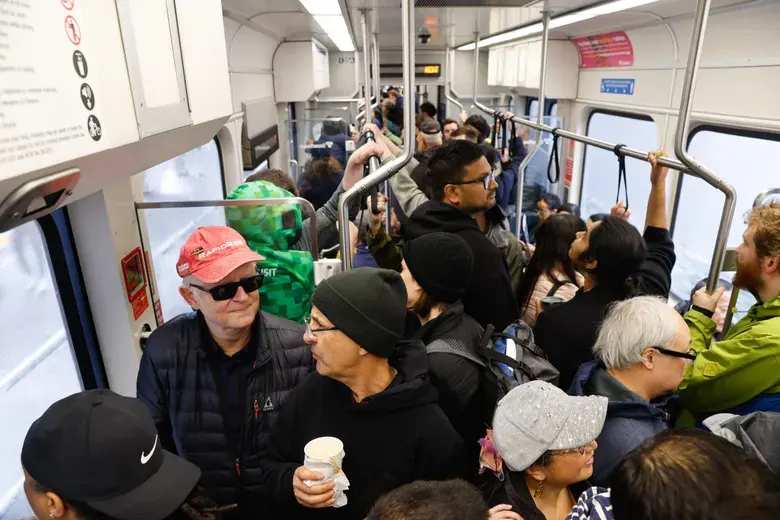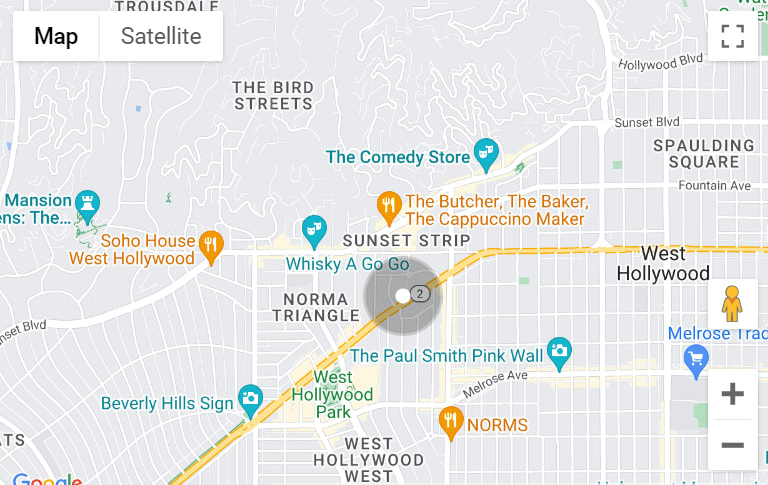With the recent launch of the East Link light rail on April 27, 2024, Seattle's Eastside is on the brink of a real estate transformation. This expansion not only signifies a leap in public transportation capabilities but is also set to reshape the real estate landscape. This blog post will explore the potential impacts of this new transit line on local real estate, offering a glimpse into a future where mobility and market dynamism enhance community and investment opportunities. This is the first opening in a year of exciting transit expansions. In August the 1 Line will extend into Snohomish County to Lynnwood, and in spring 2025, the 2 Line is expected to add two more stations in Redmond.
All you need to know
Universal Access: The ORCA card is your all-access pass to the extensive network served by the East Link extension. With one card, users can seamlessly transfer between light rail, buses, and even ferries in the Puget Sound region. This integration simplifies travel and eliminates the hassle of purchasing separate tickets for different modes of transportation. The card allows for daily, weekly, or monthly loading options, which include reduced fares and pass options, making it an economical choice for daily travel. Moreover, ORCA provides a "pay-as-you-go" feature, capping charges once daily or monthly fare limits are reached, ensuring that commuting costs are kept to a minimum.
All the Places You Can Go: The ORCA card is your key to exploring with convenience, as the East Link opens up a world of possibilities for work, leisure, and exploration. The East Link’s route is designed to connect you to some of the most vibrant parts of the Eastside and Seattle. From the bustling shopping districts in Bellevue and the tech hubs in Redmond to the cultural attractions in downtown Seattle.
How to ride:
- 2 Line trains run every 10 minutes from 5:30 a.m. to 9:30 p.m., seven days a week.
- One-way adult fares are $2.25 to $2.50, depending on how far you travel.
- Remember that youth (18 and under) ride free on all Sound Transit services! And reduced fare options are available.
- When using your ORCA card to ride the 1 Line, 2 Line, or Sounder trains, don't forget to tap the yellow card reader before you board – the single beep will let you know your card has been accepted. When you reach your destination, make sure you tap off and listen for the two beeps.
- On buses, tap the reader by the driver when you board. On the T Line, tap your ORCA card on the yellow card reader before you board. No need to tap off a ride on the bus or the T Line.
See link for Daily Schedules and Alerts: soundtransit-2Line-Schedules/Alerts
Multiple ways to pay:
- The easiest way to pay for your ride is with an ORCA card, which you can purchase at a ticket machine. You can also buy one-way, return or all day rail tickets.
- Ticket machines accept cash and credit/debit cards such as Visa or MasterCard. Or buy a ticket on your phone with the Transit GO ticket app.
- ST Express buses also accept exact cash fares.
Discover more with the App: GO Ticket
Key Features of the East Link Extension
1. Route and Coverage
The East Link extension, also known as the 2 Line, significantly expands the reach of Seattle's light rail system. It connects some of the most important urban centers on the Eastside, including Bellevue and Redmond, to downtown Seattle. This direct route facilitates seamless travel across major hubs, enhancing the connectivity between residential areas and business districts.
2. Stations and Accessibility
The extension features several strategically located stations designed to maximize accessibility and convenience for users. These stations are equipped with modern amenities to ensure safety, comfort, and ease of use, including:
- Elevators and escalators for easy access
- Tactile paving for visually impaired travelers
- Secure bike parking and integration with local bus services
Here are the stations 2 line currently serves (as of April 29, 2024):
- South Bellevue
- East Main
- Bellevue Downtown
- Wilburton
- Spring District
- BelRed
- Overlake Village
- Redmond Technology
3. Service Frequency and Speed
The East Link light rail is designed for efficiency, with trains running at frequent intervals—every 8 minutes during peak hours. This high frequency ensures that commuters can rely on timely service throughout the day. The line also boasts a rapid transit speed, cutting down travel times significantly compared to car travel during peak traffic hours.
4. Technological Enhancements
Modern technology is at the forefront of the East Link extension. Each train and station is equipped with advanced systems for real-time tracking and updates, allowing passengers to stay informed about train schedules and any service changes. Additionally, the stations feature digital kiosks and mobile integration, offering a seamless travel experience for tech-savvy commuters.
5. Environmental Considerations
Sustainability is a key component of the East Link extension. The trains are electric-powered, which contributes to reduced greenhouse gas emissions. The design and construction of the stations also followed green building principles, including the use of energy-efficient materials and systems, which minimize the environmental footprint of the infrastructure.
6. Economic Impact
The East Link extension is more than just a public transit project; it's an economic catalyst. By connecting key economic zones, the light rail supports local businesses, stimulates job creation, and attracts investments into the region. The ease of access provided by the extension encourages both residential and commercial development around the stations, boosting the local economy.
7. Safety and Security
Safety and security are paramount in the design and operation of the East Link light rail. Stations are equipped with comprehensive surveillance systems and emergency response features. The trains and tracks are designed to meet stringent safety standards to ensure the well-being of passengers at all times.
Looking Ahead
Foresights in the coming years
“This light rail line is going to change lives,” said King County Councilmember and Sound Transit System Expansion Committee Chair Claudia Balducci. “It will connect people to education, jobs, recreation, and each other, helping expand access to opportunity across our region. For me, this is the culmination of years and years of work by many people and a realization of the promise we made to voters in 2008. For the Eastside, it’s the beginning of an incredible transformation that will benefit the community for decades to come.”
“Sound Transit’s latest expansion unlocks the potential for greater economic growth in this region and it creates more opportunities for Washingtonians to connect and explore the cities and towns around Lake Washington,” said Washington Governor Jay Inslee.
Promoting Public Transportation:
Reducing Commuter Strain: The East Link extension promises to alleviate traffic congestion by providing a robust alternative to road travel, directly benefiting daily commuters and indirectly enhancing the quality of life for the entire community. By offering a direct and efficient transportation option that connects the Eastside to major employment centers in downtown Seattle and other areas, the East Link alleviates the need for car-dependent commutes. This reduction in daily traffic congestion not only makes commuting less stressful but also quicker and more predictable.
Environmental Benefits: Public transportation is a key factor in reducing vehicular emissions. The East Link extension supports the region’s environmental goals by promoting sustainable travel that contributes to cleaner air and less traffic. Public transportation significantly reduces individual carbon footprints. The East Link light rail uses electric-powered trains, which contribute far less to air pollution compared to cars and buses that run on gasoline or diesel. This shift helps the city advance towards its sustainability goals by lowering overall greenhouse gas emissions and reducing traffic congestion, leading to cleaner air and a healthier environment.
Cost-Effectiveness: Utilizing the East Link for daily commutes can be more cost-effective for individuals than driving. Costs associated with car maintenance, fuel, and parking can add up, making public transport a financially attractive alternative for many.
Transforming Real Estate Investments:
The arrival of the East Link light rail now will begin its transformative impact on real estate on the Eastside by enhancing the area's accessibility and connectivity:
Excited and Smiling Passengers try out the fresh 2 Line Eastlink Trains
Boosting Property Values: Real estate near public transit stations typically enjoys a premium due to the increased desirability of living or working near convenient transit options. The East Link makes the Eastside more accessible, likely leading to an appreciation in property values, especially near stations. This phenomenon, often referred to as the "transit premium," can attract a more diverse population and encourage more vibrant, mixed-use communities.
Spurring Development: Improved transit connectivity often acts as a catalyst for new development projects. With easier access to the Eastside, developers may pursue new residential, commercial, and mixed-use developments that cater to a growing demographic of residents and businesses looking for convenient, transit-oriented living and working conditions.
Attracting a Diverse Workforce: Businesses may also see the benefits of relocating to or expanding on the Eastside due to its enhanced connectivity. This can attract a broader workforce—people who might prefer living in Seattle but work on the Eastside, or vice versa, can now enjoy a convenient commute. This connectivity makes the area attractive not only to local residents but also to those considering moving to the region, looking for employment opportunities close to robust public transit options.
Enhancing Lifestyle and Community Engagement: Easy access to public transportation like the East Link can enhance the lifestyle of residents by simplifying access to cultural, educational, and recreational venues across the city. This connectivity fosters greater community engagement and participation, enhancing the social fabric of the area.
Anticipated Impacts on Real Estate:
Research consistently shows that public transportation improvements can significantly elevate property values. Studies from cities like Hartford, Stamford, and Cleveland have demonstrated that proximity to transit services like buses and rail can lead to higher real estate prices, particularly benefiting multifamily properties due to the desirability of locations that facilitate denser, car-free living. This trend is expected to hold for Seattle's Eastside with the new East Link light rail, suggesting potential increases in property values and economic growth around the transit hubs.
Immediate Attraction: Even in these early days, the buzz around the new East Link service is drawing attention from prospective buyers and renters. Properties in proximity to stations are seeing heightened interest, which could translate to increased property values as more people seek convenience in their commutes.
Long-Term Appreciation: Historically, the introduction of reliable and efficient public transport systems has led to a sustained increase in nearby real estate values. The East Link extension is expected to foster long-term growth in property investments, as improved accessibility makes the Eastside an even more attractive place to live and work.
The East Link light rail is more than just a transit project—it's a pivotal development that promises to reshape the landscape of real estate on Seattle's Eastside. By promoting public transportation and enhancing connectivity, it opens up new avenues for real estate investment and community development, making the Eastside a more attractive, accessible, and vibrant place to live and work. As this project unfolds, it will undoubtedly continue to influence the region's growth and dynamism, offering exciting opportunities for investors, developers, and residents alike.
Learn more: https://www.soundtransit.org/discover2line | https://www.seattletimes.com/business/eastside-developers-track-the-light-rail-rollout-with-measured-optimism/




